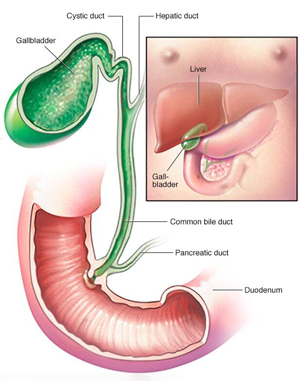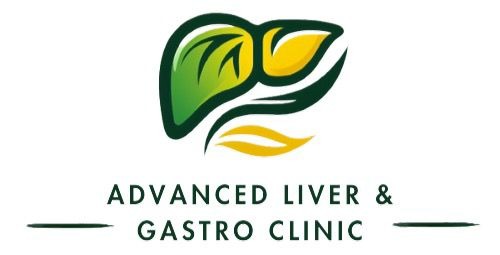What Is Cholecystitis?
Cholecystitis is inflammation of the gallbladder. Your gallbladder is a small, pear-shaped organ on the right side of your abdomen, beneath your liver. The gallbladder holds a digestive fluid that’s released into your small intestine (bile).
In most cases, gallstones blocking the tube leading out of your gallbladder cause cholecystitis. This results in a bile buildup that can cause inflammation. Other causes of cholecystitis include bile duct problems, tumors, serious illness and certain infections.
If left untreated, cholecystitis can lead to serious, sometimes life-threatening complications, such as a gallbladder rupture. Treatment for cholecystitis often involves gallbladder removal.
If left untreated, cholecystitis can lead to serious complications, including gallbladder rupture or infection spreading to other parts of the body. For expert diagnosis and gallbladder treatment in Pune, consult Dr. Ujwal Zambare, the Best Gastroenterologist & Gallbladder Stone Specialist in Wakad, Pune.

What Are The Symptoms of Cholecystitis?
Signs and symptoms of cholecystitis may include:
- Severe pain in your upper right or center abdomen
- Pain that spreads to your right shoulder or back
- Tenderness over your abdomen when it’s touched
- Nausea
- Vomiting
- Fever
Cholecystitis signs and symptoms often occur after a meal, particularly a large or fatty one.
What Causes Cholecystitis?
Cholecystitis occurs when your gallbladder becomes inflamed. Gallbladder inflammation can be caused by:
- Gallstones. Most often, cholecystitis is the result of hard particles that develop in your gallbladder (gallstones). Gallstones can block the tube (cystic duct) through which bile flows when it leaves the gallbladder. Bile builds up, causing inflammation.
- Tumor. A tumor may prevent bile from draining out of your gallbladder properly, causing bile buildup that can lead to cholecystitis.
- Bile duct blockage. Kinking or scarring of the bile ducts can cause blockages that lead to cholecystitis.
- Infection. AIDS and certain viral infections can trigger gallbladder inflammation.
- Blood vessel problems. A very severe illness can damage blood vessels and decrease blood flow to the gallbladder, leading to cholecystitis.
Prevention
You can reduce your risk of cholecystitis by taking the following steps to prevent gallstones:
- Lose weight slowly. Rapid weight loss can increase the risk of gallstones. If you need to lose weight, aim to lose 1 or 2 pounds (0.5 to about 1 kilogram) a week.
- Maintain a healthy weight. Being overweight makes you more likely to develop gallstones. To achieve a healthy weight, reduce calories and increase your physical activity. Maintain a healthy weight by continuing to eat well and exercise.
- Choose a healthy diet. Diets high in fat and low in fiber may increase the risk of gallstones. To lower your risk, choose a diet high in fruits, vegetables and whole grains.
